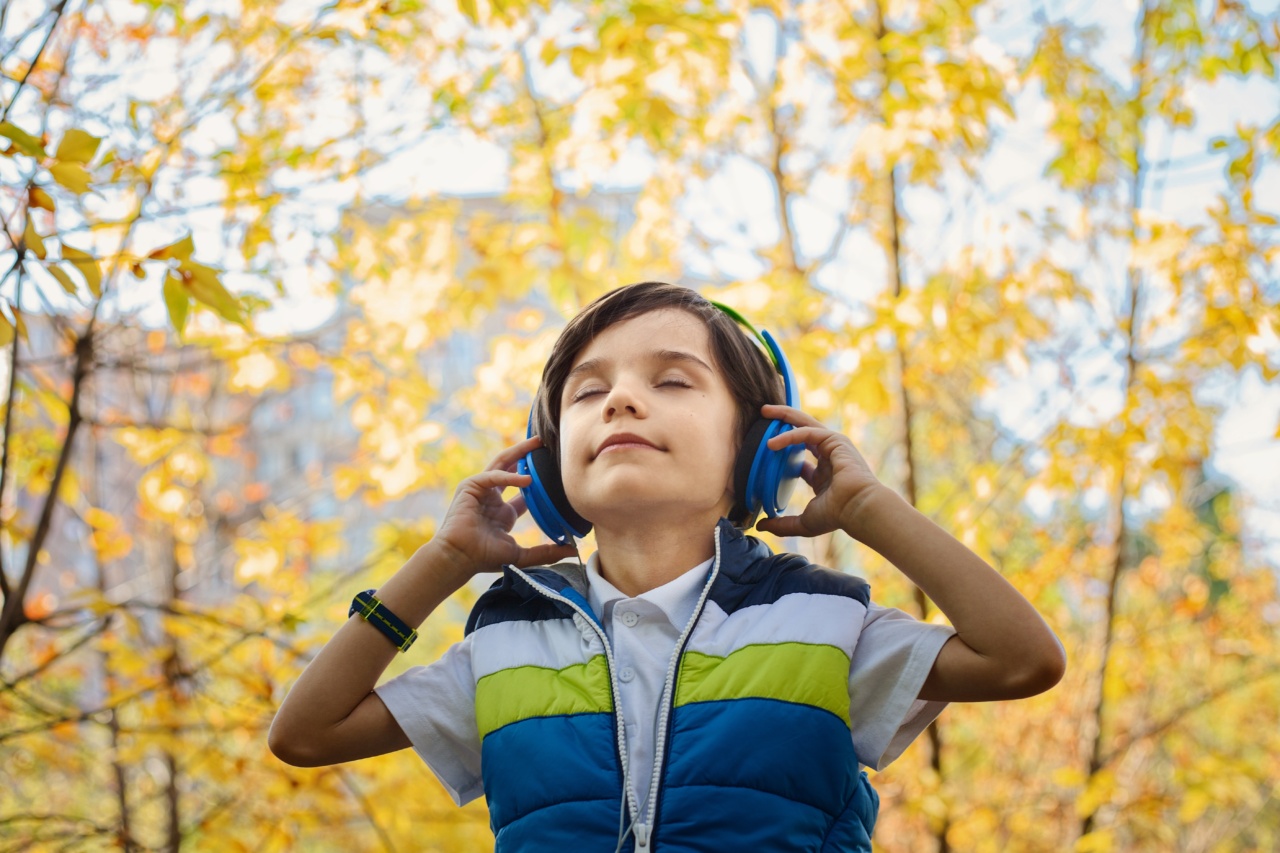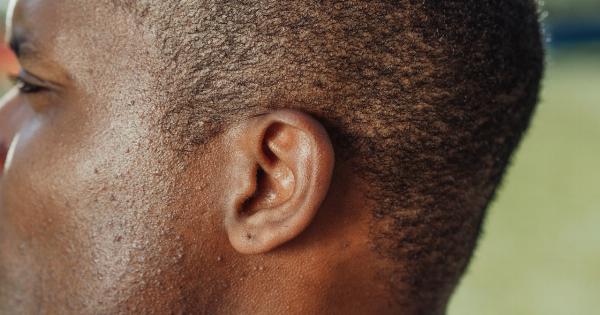Listening to loud music has become a common habit among young people all around the world. Whether it’s attending music concerts or using headphones, excessive exposure to loud music can have detrimental effects on hearing health.
Recent studies and reports have pointed out that nearly one billion young individuals are at risk of suffering from hearing loss due to their habits of listening to loud music and using headphones.
The Growing Prevalence of Loud Music and Headphones
In today’s digital era, music has become more accessible than ever before. With streaming platforms and high-quality audio devices, it’s incredibly easy for young people to enjoy their favorite tunes.
However, this convenience has come at a cost. The increased usage of headphones and attending music concerts with booming speakers have led to a rise in hearing loss cases among the younger generation.
The Damaging Effects of Loud Music
When exposed to loud music, the delicate hair cells in our ears can suffer irreversible damage. These hair cells are responsible for converting sound vibrations into electrical signals that can be interpreted by the brain.
Prolonged exposure to loud music can lead to the death or damage of these hair cells, resulting in permanent hearing loss.
The Role of Headphones
Headphones have become an inseparable part of the modern lifestyle, with many using them during various activities such as commuting, working out, or simply relaxing.
Unfortunately, most individuals are unaware of the potential harm they can cause to their hearing. When listening through headphones, the sound is directly projected into the ear canal, increasing the intensity and potential damage to the delicate structures of the ear.
The Youth and Their Listening Habits
The youth are particularly vulnerable as they often indulge in prolonged listening sessions, often at unsafe volumes.
Many young people use music as a way to escape or enhance their emotions, leading them to turn up the volume to potentially damaging levels. Additionally, social gatherings and music festivals have become louder over the years, further increasing the risk to their hearing health.
The Impact on Daily Life
Hearing loss can significantly impact an individual’s quality of life. Communication difficulties, both in personal and professional settings, can arise due to the inability to correctly hear and understand conversations.
Young people with hearing loss may also experience decreased social interactions and a sense of isolation, affecting their psychological well-being.
Preventive Measures
While the risks are alarming, there are steps that can be taken to prevent hearing loss in young people:.
1. Volume Control
Encouraging young individuals to keep the volume at a safe level when using headphones is crucial. Most devices have volume limit settings that can be activated to ensure a safe listening experience.
Educating young people on the appropriate volume levels can significantly reduce the risk of hearing damage.
2. Limiting Exposure
It’s essential to promote breaks from continuous exposure to loud music. Encouraging youngsters to take short breaks during concerts or limiting their overall exposure can help prevent long-term damage to their ears.
3. Using Noise-Canceling Headphones
Noise-canceling headphones are designed to reduce external noise levels, allowing users to listen at a lower volume without compromising on sound quality. These headphones can be an excellent investment for young people who frequently use headphones.
4. Regular Hearing Check-ups
Getting routine hearing check-ups can help identify any early signs of hearing loss. Early detection can lead to timely interventions or adjustments in listening habits, which can help preserve hearing health.
5. Spreading Awareness
Creating awareness campaigns about the risks of loud music and headphone usage is vital. Schools, colleges, and community centers can play an essential role in educating young people about the importance of hearing protection.
Conclusion
The growing prevalence of loud music and headphone usage among young people has raised concerns about the increasing risk of hearing loss.
With nearly one billion young individuals at risk, it becomes imperative to take preventive measures and spread awareness about safe listening practices. By encouraging responsible listening habits and implementing appropriate safety measures, we can ensure that the youth can enjoy their favorite music without compromising their hearing health.




























